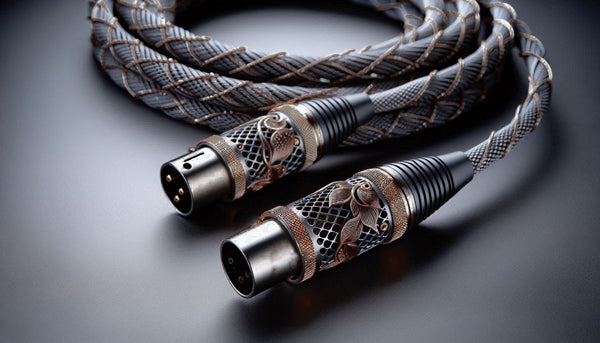
The Art of Silence in Sound: Air Tube Dielectrics in Audio Cables

Balanced XLR Cables: The Pinnacle of Audio Fidelity for Audiophiles

The Enduring Legacy of RCA Cables: A Deep Dive into Their Continued Relevance
In an era where technology evolves at breakneck speed, it’s rare to find constants that withstand the test of time. Yet, amidst the ever-changing landscape of electronic connectivity, one stalwart remains surprisingly resilient—the RCA cable. This article delves into the reasons behind the enduring presence of these cables, which have been a mainstay in audio and video setups for decades.History of RCA CablesThe RCA plug, a cornerstone in the realm...

The Intricacies of Audio Signal Transmission: Resistance, Capacitance, Inductance, and Shielding in Cables

The Debate: Can USB Cables Improve Audio Performance?
For audiophiles, digital interfaces in general and USB cables, in particular, cause much debate on whether they can improve audio performance in a home stereo system. The argument is that digital cables do nothing but transmit "ones" and "zero's," so there can be no audible difference among different cables. However, audiophiles who have tested different USB cables claim that USB cables do sound different.The USB Standards Document is a lengthy...

Why Use Silver in the Conductor
One effect that is much discussed with wire and cable is skin effect. The formula for skin effect on a copper wire is: Depth (inches) = 2.61/sq rt Frequency. What this means is that, as frequencies get higher, the signal begins to migrate to the outside of the conductor. Skin effect begins to be measurable at 5 kHz on a 12 AWG wire, where 91% of the wire is then...

Dielectric (Insulation)
Dielectric materials are insulating materials that are used in cables to provide physical separation between the conductors, which are typically made of metal. These materials are chosen for their ability to reduce the amount of electrical signal loss that occurs as a signal travels through the cable. This is because they have a relatively high resistance to the flow of electric current, which means that they do not allow the...










